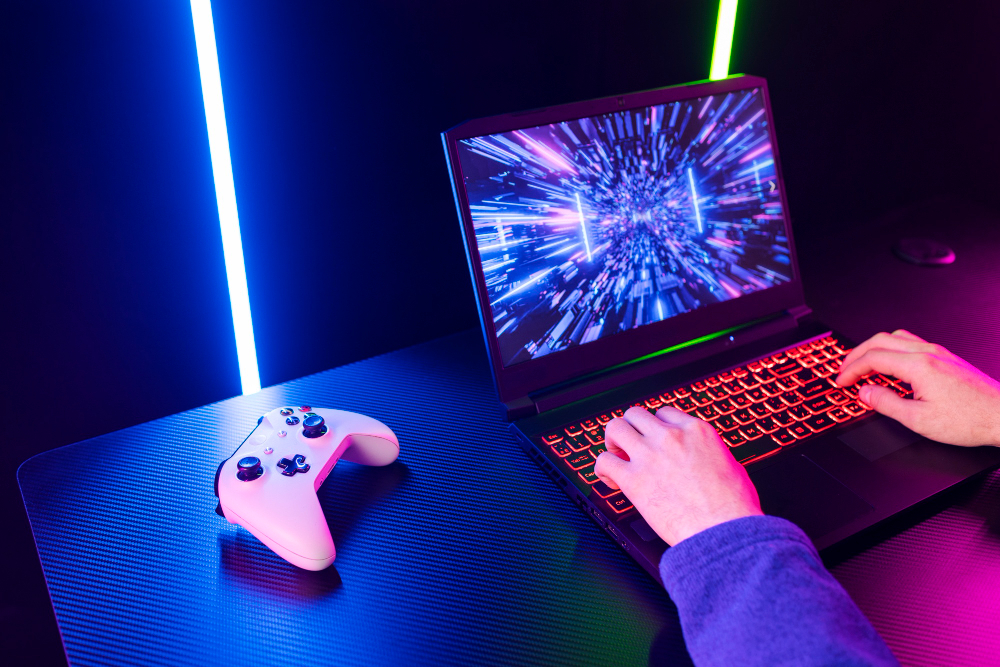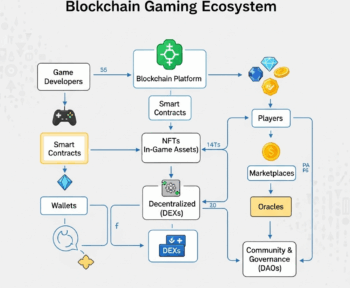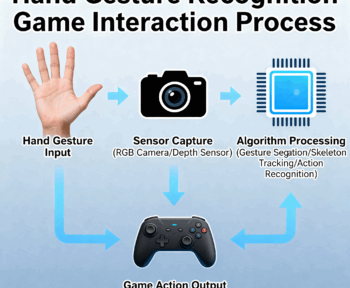Let me be straight with you – the gaming laptop market in 2025 is wild, and not always in a good way. Marketing departments are working overtime to convince you that you need the latest and greatest, but after extensive hands-on time with this year’s releases, I’m here to tell you what’s actually worth your money and what’s just expensive hype.
The No-Compromise Beasts
If you’re the type who needs the absolute best and has the budget to match, the Alienware Area-51 18 with its Core Ultra 9 275HX and RTX 5090 is delivering outstanding performance that rivals high-end desktop builds6. At $4,399 for the 64GB RAM configuration with 2TB storage, it’s expensive, but you’re getting desktop-replacement level performance2. The 18-inch display gives you plenty of real estate for both gaming and productivity, though battery life away from a plug is predictably terrible6.
The MSI Raider 16 with the new Ryzen 9955HX3D processor is another monster worth considering2. At $5,099 for the top configuration with 64GB RAM and 2TB storage, it’s pushing the boundaries of what’s possible in a laptop form factor. The 3D V-Cache technology in the CPU provides exceptional gaming performance, especially in CPU-bound scenarios.
But here’s my hot take – unless you absolutely need a laptop, these ultra-high-end machines often don’t make sense. For the same money, you could build a killer desktop and get a decent mid-range laptop for portability. That said, if you’re constantly moving between locations and need maximum power everywhere, these are your only real options.
The Smart Money Picks
This is where things get interesting. The ASUS TUF A16 with Ryzen 9 270 and RTX 5070 at $1,699 is offering incredible value2. You’re getting 32GB RAM and 1TB storage standard, which means no immediate upgrade needs. The TUF series has always been about durability over aesthetics, and if you can live with the gamer-y design, you’re getting serious hardware for the money.
The Gigabyte Aorus 16X hits that mid-range sweet spot perfectly3. With configurations starting around $1,649 featuring the Ryzen AI 350 and RTX 5070, you’re getting AI-enhanced performance optimization and solid build quality2. Gigabyte doesn’t get as much attention as ASUS or MSI, but they’re quietly producing some of the best value propositions in the market.
For those who want OLED without the premium price, the HP Omen Transcend 14 deserves serious consideration4. It’s one of the few 14-inch gaming laptops that doesn’t feel compromised, delivering solid performance in a genuinely portable package. The OLED display makes everything look fantastic, and HP’s cooling solution is surprisingly effective for such a compact machine.
The Reality Check Section
Let’s address the elephant in the room – most people don’t need an RTX 5090 laptop. Unless you’re doing professional 3D rendering, streaming at 4K, or absolutely must have 240+ FPS in every game, an RTX 5070 or even 5060 will serve you perfectly well. The performance difference in real-world gaming at 1080p or 1440p isn’t as dramatic as the price difference suggests.
Battery life remains the Achilles’ heel of gaming laptops. Even with all the efficiency improvements, you’re looking at 2-4 hours of actual gaming on battery for most machines1. The thin-and-light models might stretch to 6-8 hours for productivity work, but the moment you fire up a game, expect to hunt for a power outlet.
Heat and noise are still issues, especially in the thinner models. The MSI Vector 16 HX AI strikes a good balance between power and noise in its AI mode, but push any of these machines hard and they’ll sound like jet engines1. If you’re gaming in shared spaces, good headphones are mandatory.
The Budget Reality
For those looking at the budget end, the Acer Predator Helios 16 offers surprising value3. While not the newest model, remaining stock with RTX 4060/4070 GPUs can be found at significant discounts. These older models still deliver excellent 1080p gaming and decent 1440p performance.
If you’re really strapped for cash, here’s a pro tip: look for last year’s models with RTX 4050 or 4060 GPUs. The performance difference between a 4060 and 5060 isn’t massive, but the price difference can be significant2. The ASUS ROG Strix G15 from 2024 with an RTX 4060 can often be found for under $1,000 and will handle modern games just fine.
For esports gamers, you don’t need to spend big. A laptop with an RTX 4050 or even the older RTX 3060 will push 200+ FPS in CS2, Valorant, and League of Legends2. Save your money for a good mouse and maybe an external monitor with a high refresh rate.
The Features That Actually Matter
After testing dozens of gaming laptops, here’s what actually impacts your gaming experience:
Display quality matters more than you think. A good IPS display at 144Hz often looks better than a mediocre 240Hz panel. OLED is stunning but comes with a premium – decide if those perfect blacks are worth an extra $500+1.
Keyboard quality is crucial if you’re gaming on the laptop keyboard. The mechanical keyboard option on the MSI Titan 18 is fantastic, but even good membrane keyboards on laptops like the Legion series are perfectly adequate1.
Port selection becomes important fast. Thunderbolt 4/5 ports give you flexibility for external GPUs or high-speed storage down the line1. Don’t underestimate the convenience of having enough USB-A ports for your peripherals without needing dongles.
Upgradability can extend your laptop’s life significantly. Models with accessible RAM and SSD slots let you upgrade as needed rather than buying new. The ASUS ROG series generally excels here with tool-free bottom covers1.
The Bottom Line
The best gaming laptop in 2025 isn’t necessarily the most expensive one – it’s the one that fits your specific needs and budget. If you’re primarily playing competitive esports, a $1,000 laptop will serve you perfectly. If you’re into content creation or streaming alongside gaming, stepping up to the $2,000-2,500 range makes sense. Only go for the $3,000+ monsters if you genuinely need desktop-replacement performance or money truly isn’t a concern.
Remember, technology moves fast. That cutting-edge RTX 5090 laptop will be old news in 18 months. Buy what you need today with a bit of headroom for tomorrow, but don’t overextend trying to future-proof for five years – it’s a losing game in the laptop world.





